Everything you need to know about peanut allergies and how to protect your babies and kids.
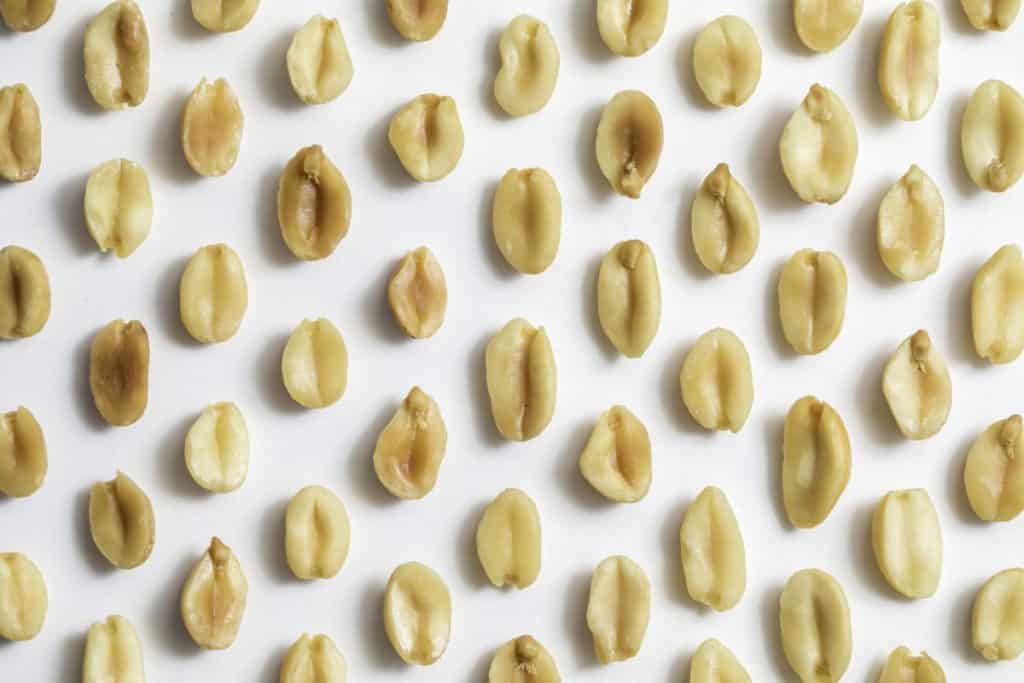
This post was written by Lesley Langille, MS, RD and medically reviewed/edited by Sarah Remmer, RD
There’s no doubt that you’ve wondered about peanuts and peanut allergies when it comes to your kids… multiple times. From whether you should eat them while pregnant, to when and how to introduce them, to how strict you need to be with school lunches. Peanut allergies are one of the most common food allergens out there, and can cause the most severe reaction. An allergy to peanuts also tends to stick around well into adolescences and adulthood which makes managing the allergy a lifelong occurrence.
So, you might be wondering things like…
What exactly is a peanut allergy? How do I reduce my child’s risk of developing an allergy? And how do I manage a peanut allergy diagnosis?
So many great questions – and I’m here to answer them all.
What exactly is a peanut?
Contrary to the word pea-nut, peanuts are actually a legume like chickpeas and lentils! It’s no secret that I love all legumes, and peanuts are a family favourite. But for many kids these days, peanuts pose a serious risk. And you’re not alone in thinking that there has been a rise of peanut allergies in kids. When I was growing up a peanut butter and jam sandwich was a staple in the school lunch room. Nowadays you’d be tackled before you hit the school parking lot if you thought about bringing peanuts into school. Peanuts and peanut-products are strictly banned in the school system.

What is a peanut allergy?
In a nut-shell… a peanut allergy is caused by antibodies that mistake proteins found in peanuts to be harmful. The body then releases a compound called histamine in response, which can cause an allergic reaction. Symptoms of an allergic reaction may include hives, runny nose, wheezing, nausea, vomiting and diarrhea. And in the most severe cases, anaphylaxis – which is life threatening.
Peanuts are listed as one of the top ten priority food allergens by Food Allergy Canada, which basically means that peanuts (along with nine other allergens) are associated with 90% of the allergic reactions among Canadians.
How do I reduce the risk of a peanut allergy?
Although the exact cause of the rise in peanut allergies in children is unknown, there has been more research framing the introduction of allergenic foods as of late. When it comes to the top allergenic foods, the Canadian Pediatric Society guidelines say to start introducing these foods starting at six months of age if you have little to no risk for food allergy, and at six months of age (but not before four months of age) for high-risk infants. What exactly makes an infant high-risk? The definition is a little blurry, but the general consensus is a “high-risk” is defined as having an individual or first-degree relative with an egg allergy or severe eczema.
Introducing high allergenic foods, like peanuts, may sound strange to parents of second or third children. The recommendation not too long ago used to be to wait until kids were closer to three years old! But a recent randomized control trial found that those at high risk for developing a peanut allergy actually had a protective effect when they were introduced to peanuts starting at six months of age versus those who avoided them. Pretty neat hey! So, the best way to reduce the risk of developing an allergy is to start introduction of allergenic food starting at six months of age and continuing to offer.
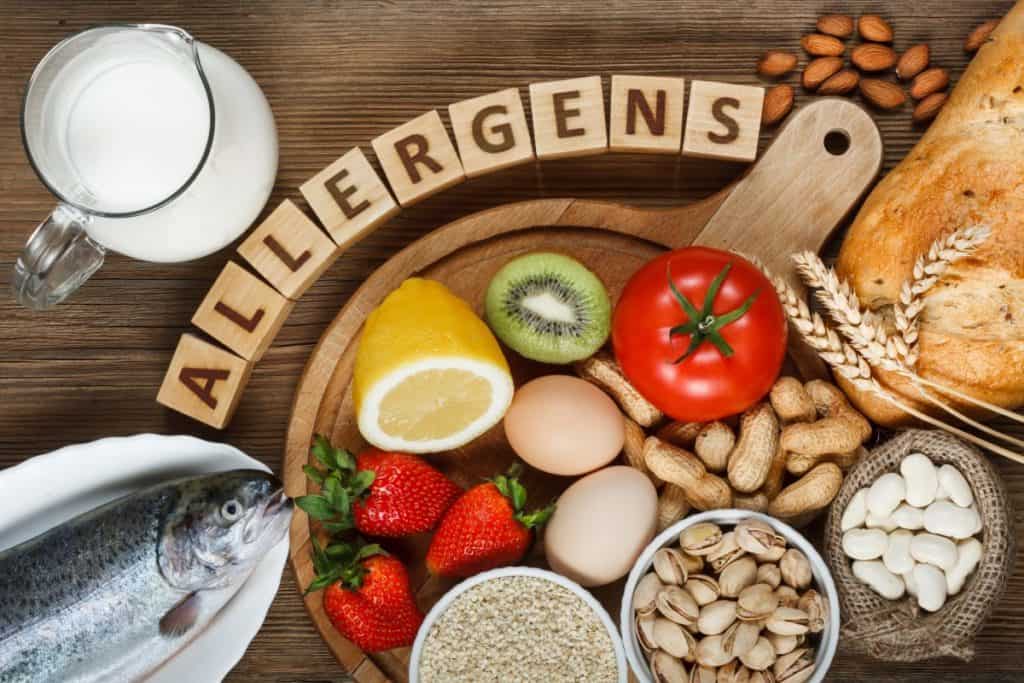
How to Manage a Peanut Allergy
Managing any allergy is tough. But a food allergy, and specifically a peanut allergy, is oh-so-tough. If you’re a parent whose child has a peanut allergy, I want to hug you and tell you you’re doing a great job. There’s a level of worry about your child that only a parent can grasp. Your best line of defence against peanut exposure is label reading. Food Allergy Canada recommends doing the “triple check” which means, read the label at the store, read it when you are at home, and read it again before serving or eating the product. This can be tricky for children to understand, which is why they also need to rely on parents and care-givers to help keep them safe.

What to Look for on Food Labels
Other names for peanuts include
- Arachide
- Arachis oil
- Beer nuts
- Cacahouete/ cacahouette/ cachuete
- Goober nuts, goober peas
- Ground nuts
- Kernels
- Mandelonas, Nu Nuts
- Nut meats
- Valencias
Possible sources of peanuts include (to name a few)
- Baked goods like cakes and cookies
- Candies, such as chocolates and chocolate bars
- Cereals and granola, granola bars
- Peanut oil
- Snack foods such as dried fruits, chewy fruit snacks, trail mixes, popcorn, pretzels, chips
- Hydrolyzed plant protein/ hydrolyzed vegetable protein
- Vegetarian meat substitutes
For individuals and families with peanut allergy it is important to remain aware of potential exposure and to stay vigilant. For example, it has recently been highlighted that pea protein may be an under-recognized food allergen that is potentially harmful for those with peanut allergies. Dr. Elana Lavine, a pediatric allergist, estimates that 95% of patients with peanut allergies can tolerate peas, but for the remaining 5% the exposure can be life threatening. Pea protein, a highly concentrated pea product, is often found in meat alternatives as a way to increase the overall protein of the food.

If your child has been diagnosed with a peanut allergy, please know that you’re not alone! There are plenty of support groups to help you connect with parents of children with peanut allergies, as well as dietitians who can help you navigate label reading and the grocery store. It takes a village after all! Although a peanut allergy diagnosis is initially scary and confusing, it will eventually become easier and more manageable with time. Allow yourself room to grow and to learn.
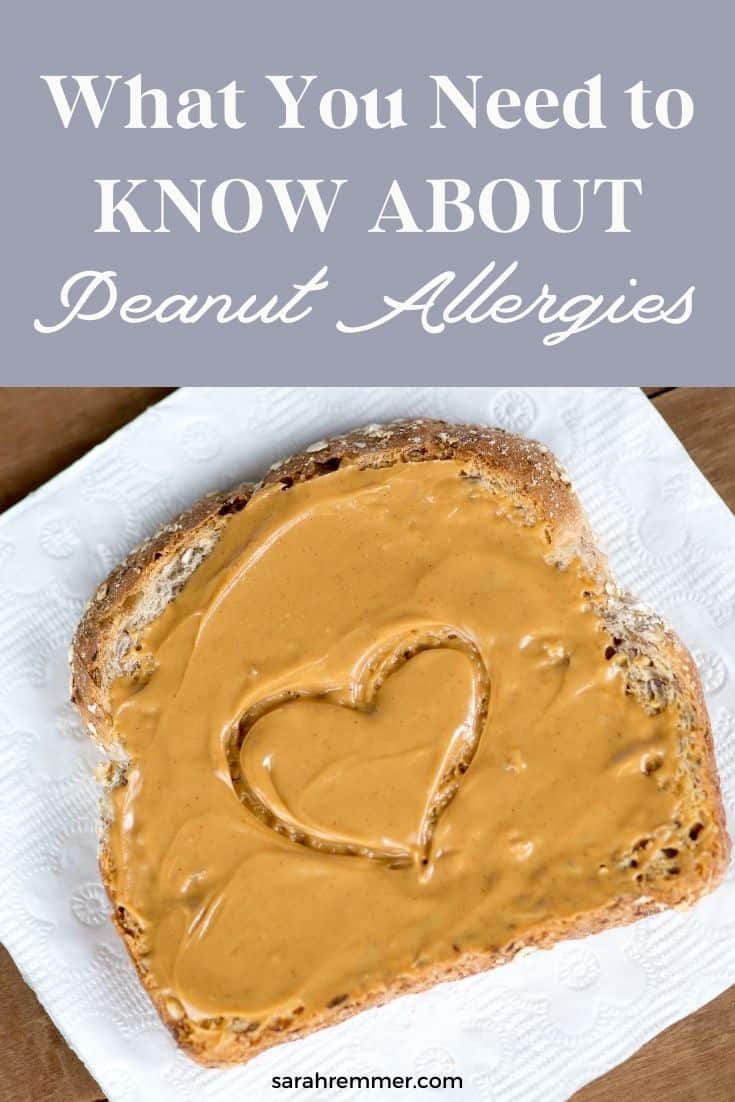




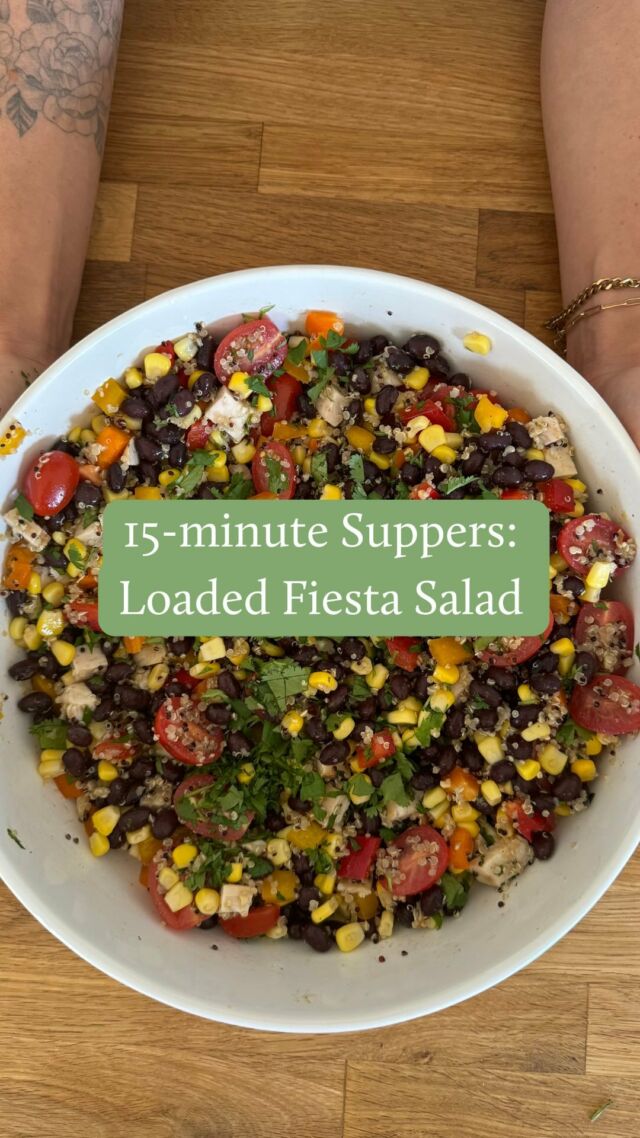


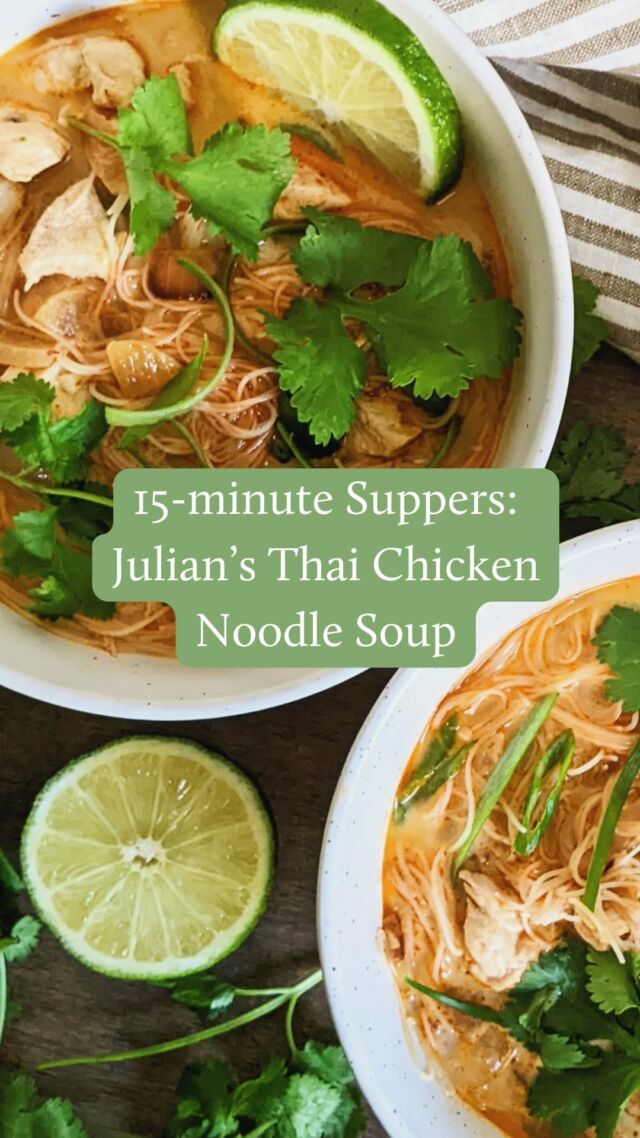
Comments
Honey says
We just found out our 7 month old has a peanut allergy and this was so helpful! Thank you!!
Sarah Remmer says
I’m so happy to help!
Angelina says
Was really informative, never thought of the allergies caused by peanuts..
iPad repair near me Chatham
Jeanette says
thanks for compiling such a thorough article. It is very helpful to know about.
Brynn at The Domestic Dietitian says
Such a great post, really informative and easy to read. Love your tips for introducing peanuts to little ones.
Lindsey Janeiro says
Such a GREAT post! As a dietitian and parent with severe food allergies myself, I always love seeing more awareness and accurate, empowering education like this provided.
Amy Gorin says
This is such an important topic! Thank you for sharing!
Stacey Mattinson says
Such helpful tips! My daughter has an egg allergy, which tends to be related to increased incidence of peanut allergy. We were instructed by her allergist to give peanut-foods regularly to keep her accustomed and reduce allergy onset!
STEPHANIE VAN'T ZELFDEN says
Nice article! Glad to see so much information about peanuts as a food group and preventing / dealing with peanut allergies!
Kate says
Such a fabulous overview of a seriously important topic. Thank you!
Shannon says
Thanks for laying all of this out there in such an easy to read post. Helpful tips on introducing peanuts to our littles!